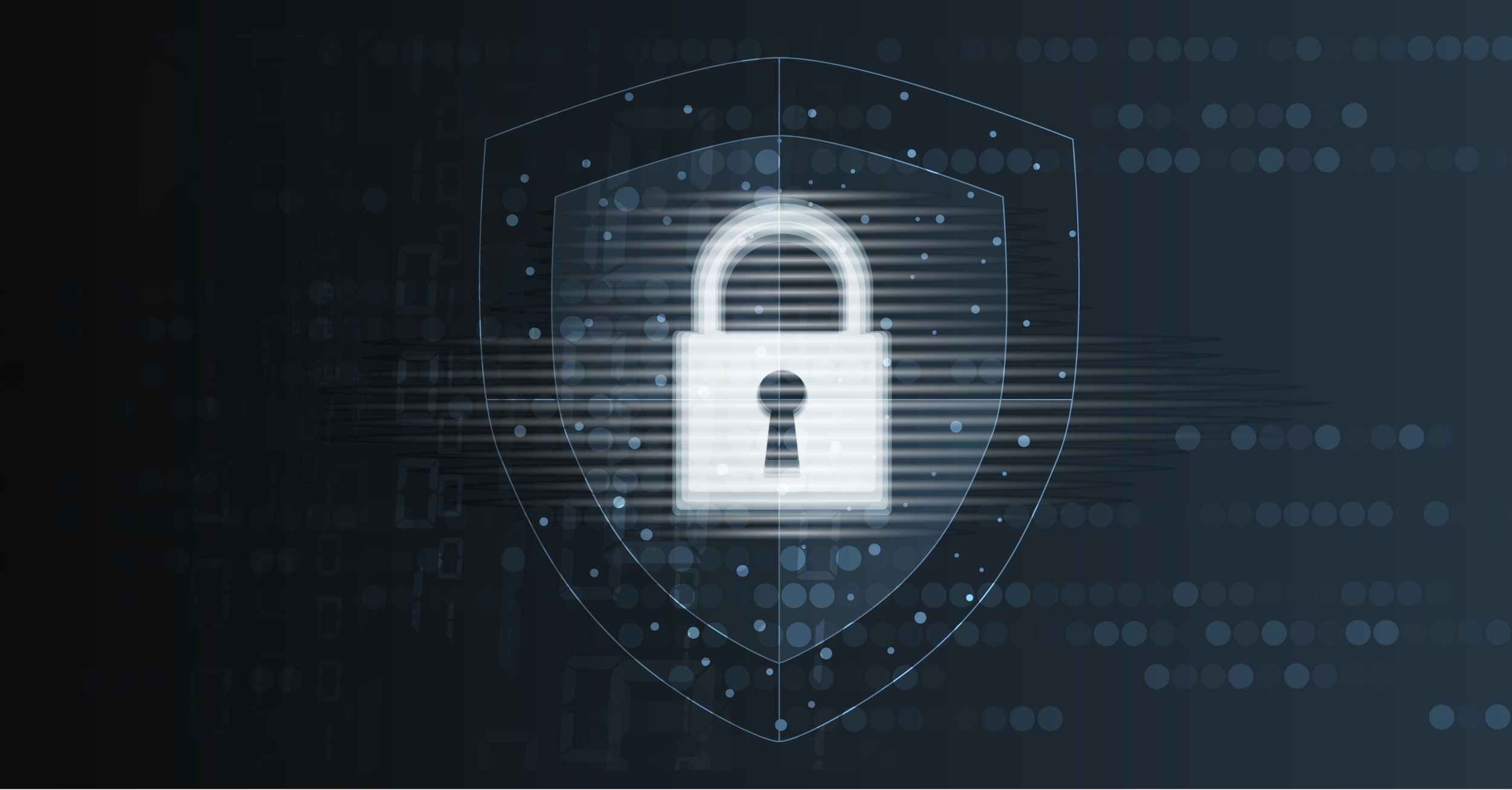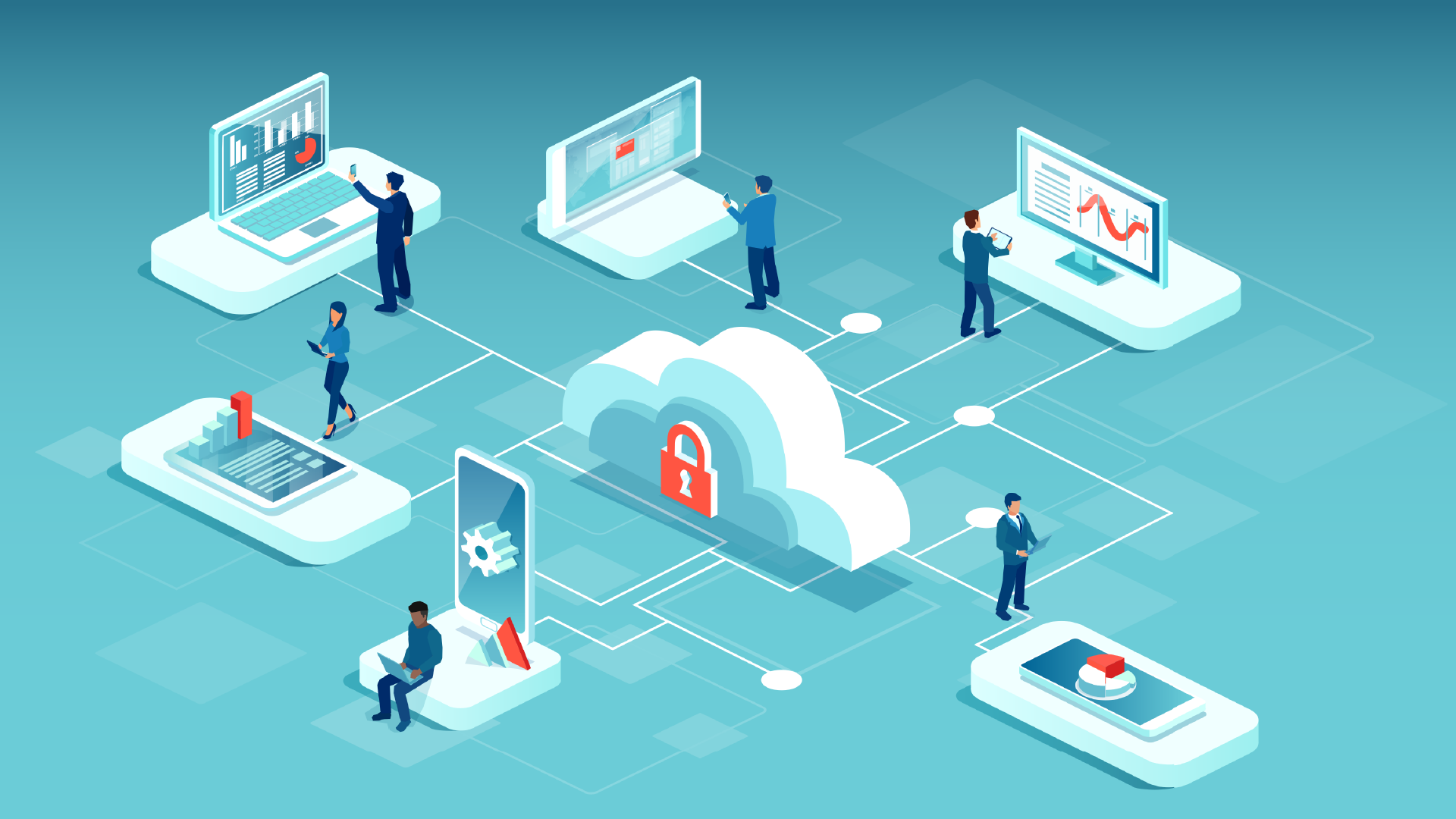Citrix has released a security bulletin (CTX693420) disclosing two high-severity vulnerabilities affecting NetScaler ADC and NetScaler Gateway appliances. Depending on the deployment configuration, these vulnerabilities could allow attackers to bypass management access controls or perform memory over-reads.
It turns out moving your work to “anywhere” and your data to “everywhere” might mean rethinking how we secure “everything.”
Although cyberattacks on large companies make national headlines, today’s SMBs are just as likely to be targeted. Now that AI makes it possible to scale and add efficiency across the organization, AI also enables cybercriminals to deploy more sophisticated attacks efficiently and with greater precision. These threats aren’t coming in ones and twos—they’re automated, relentless, and designed to exploit even the smallest weakness. According to the World Economic Forum, almost 75% of organizations report rising cyber risks, with generative AI fueling more sophisticated social engineering and ransomware attacks and 42% saw an uptick in phishing incidents.
If you're a defense contractor or part of the Defense Industrial Base (DIB), your SPRS score isn’t just a number; it’s a gatekeeper to federal contracts. With the Cybersecurity Maturity Model Certification (CMMC) program gaining traction, understanding your Supplier Performance Risk System (SPRS) score is critical to maintaining contract eligibility and securing future opportunities.
Microsoft to Discontinue Nonprofit Grant Licensing for M365 Business Premium and O365 E1
You may have recently received an email from Microsoft announcing the upcoming discontinuation of the Microsoft 365 Business Premium and Office 365 E1 “Grant” licensing, which is provided directly by Microsoft at no cost. Existing Microsoft 365 Business Premium and Office 365 grant recipients can continue service through their next renewal on or after July 1, 2025.
As CMMC (Cybersecurity Maturity Model Certification) edges closer to becoming a contract requirement across the board, many defense contractors are still wrestling with a foundational question: What will CMMC compliance really cost us? And perhaps more importantly—how do we budget for it effectively when there's still so much uncertainty?
Fortinet has announced a critical vulnerability surrounding FortiSwitch Firmware. The vulnerability is related to the switch's password change function. An unauthenticated attacker with access to the GUI could modify passwords via specially crafted requests.









.png)

